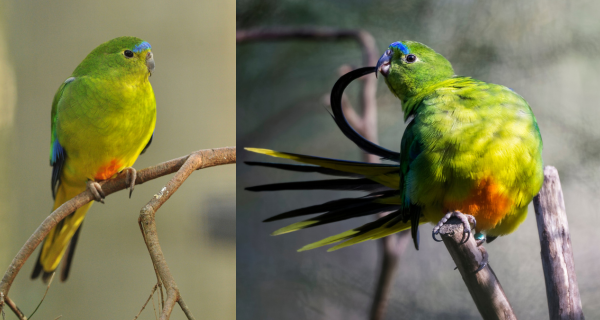
Information for this article was supplied by Dr O’Sullivan, Veterinarian, Healesville Sanctuary for The Pet Directory
“All 35 birds took to the air, with some landing close by, where we were able to observe them feeding on the native grasses within a few minutes of release. It was an amazing feeling watching these small parrots take to the open air for the first time with their speed and agility immediately displayed.” Iain Stych, Threatened Species Supervisor
In spring each year Healesville Sanctuary staff take a journey across the Tasman Sea on a mission to release captive-bred Orange-bellied Parrots (Neophema chrysogaster). Releasing Orange-Bellied Parrots (OBP) is an exciting opportunity for Healesville Sanctuary keeping staff to see the direct results of their conservation work in the wild.

The Orange-bellied Parrot is one of Australia’s most endangered bird species with a population of less than 200 remaining in the wild. Threats to this species include feral cats and foxes, habitat destruction and environmental factors such as the absence of fire.
Healesville Sanctuary is part of the Recovery Team for Orange-bellied Parrots. Other members of this team include the State Governments of Victoria, Tasmania, South Australia, the Federal Government and Adelaide Zoo. Since 1991 the Recovery Team has released 176 captive bred birds. Healesville Sanctuary has been breeding OBPs for release since 1999.
For the past six years, the Recovery team has been releasing captive bred birds at Birch’s Inlet located in World Heritage-listed South-west Tasmanian wilderness. OBPs were known to have bred at this site up until the mid 1980s.
In October 2005, Healesville Sanctuary’s Wildlife Threatened Species Supervisor Iain Stych took this journey to release 35 OBPs.
“After being intensively involved with their captive husbandry over the past three-and-a-half years, this was the final step in my involvement,” Iain says.
Iain left Melbourne airport on the 17th of October 2005 with seven boxes containing one Adelaide Zoo and 19 Healesville Sanctuary bred OBPs and met staff from the Tasmanian Department of Primary Industries Water & Environment (DPIWE) in Hobart, along with 15 OBPs bred in the DPIWE aviaries. With all the release birds in hand, they boarded a 10 seater light aircraft and flew to Strahan airport on the south-west coast. From Strahan, they had a three hour boat trip the length of Macquarie Harbour to Birch’s Inlet.
Taking this journey is a reminder of the remarkable annual migratory feat this species makes from Tasmania to mainland Australia.
In March each year the adult OBPs move north along the west coast of Tasmania, island hopping across Bass Strait to mainland Australia. This journey can take several weeks. Once on the mainland, they disperse as far west as the Coorong in South Australia and as far east as far the south New South Wales coast. When they finally arrived at Birch’s Inlet they transferred everything from the boat to a dingy, going up stream 200m and then a wheelbarrow for the final 200m transfer.
By this time it was 5.30 pm but still warm and sunny with a great forecast for the next few days. So they decided to release all the birds by the feed station. The Healesville and Adelaide OBPs were banded with their release leg bands, which have colour and letter coding to enable individual parrots to be identified.
All 35 birds took to the air, with some landing close by, where they were able to observe them feeding on the native grasses within a few minutes of release. It was an amazing feeling watching these small parrots take to the open air for the first time with their speed and agility immediately displayed – something I continued to enjoy seeing daily while undertaking my duties as a post-release observer.
“Over the next ten days my responsibilities were to monitor the OBP numbers and identities, keeping daily records of sightings, set up and monitor the ‘weather station’ (temperatures and rainfall), and place seed on a pre-cleaned feed table twice a day. The hardest part of this task was getting up at 5.30am every day for the ten days I monitored the birds.” says Iain
The October release could not have been more successful with such favourable weather and native grasses heavy with seed. It was not surprising the released OBPs settled in so quickly.
The OBP breeding has been going well so Iain eagerly awaits the next release and continually keeps in touch with those monitoring the OBP population in Tasmania.


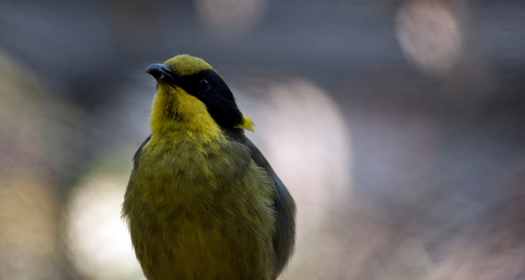
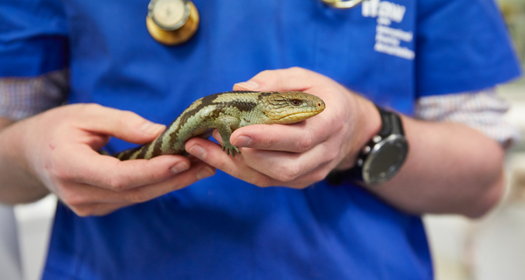
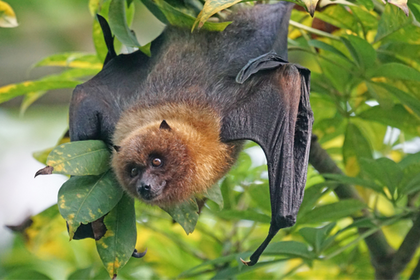
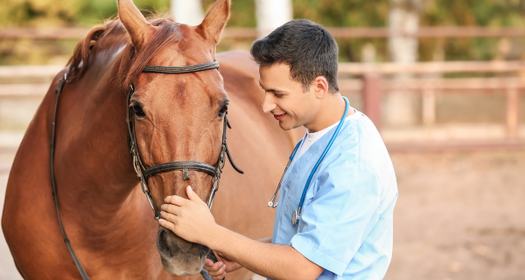
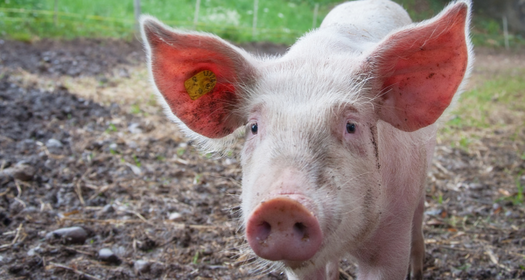




Leave Comment Below